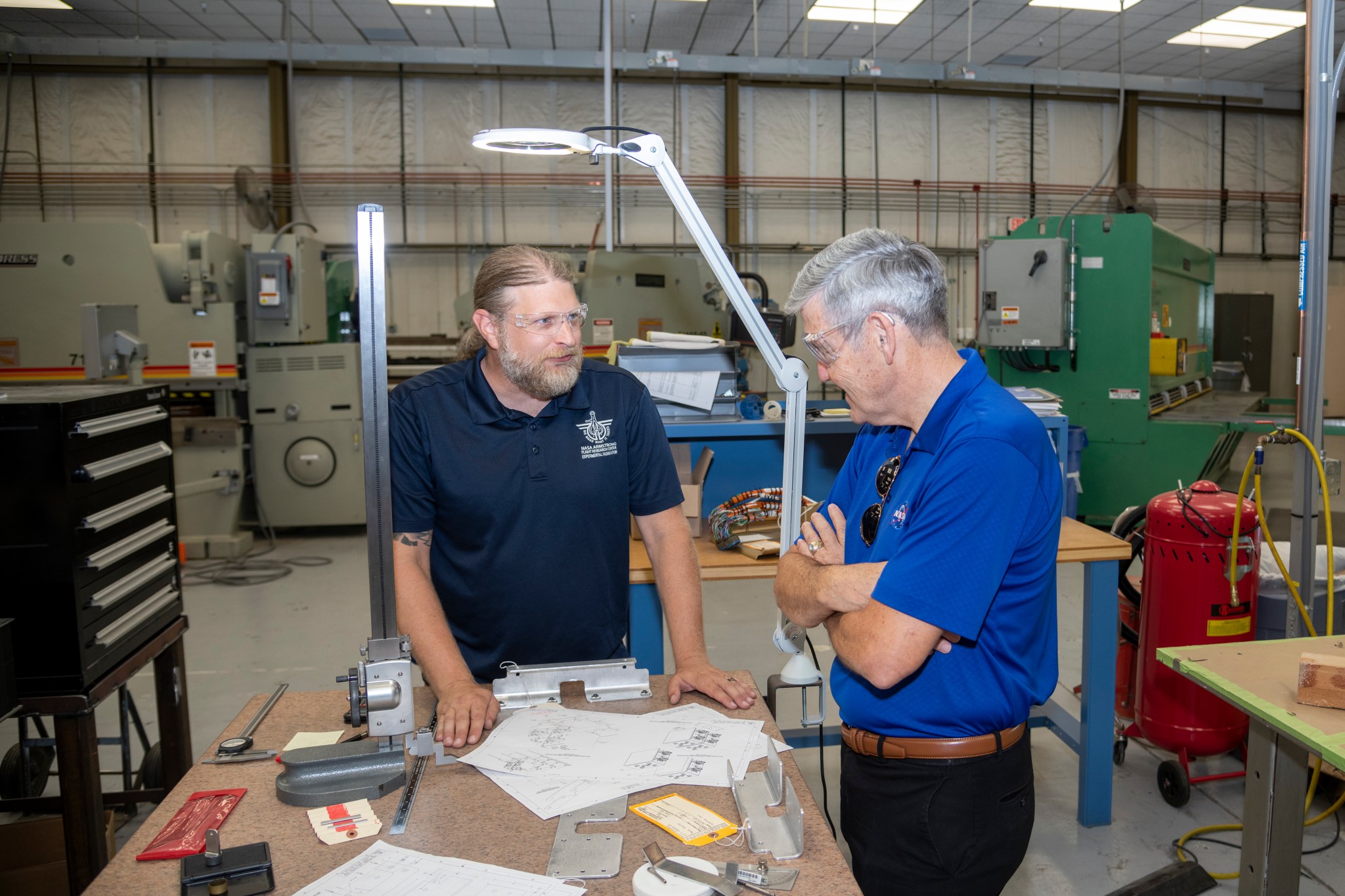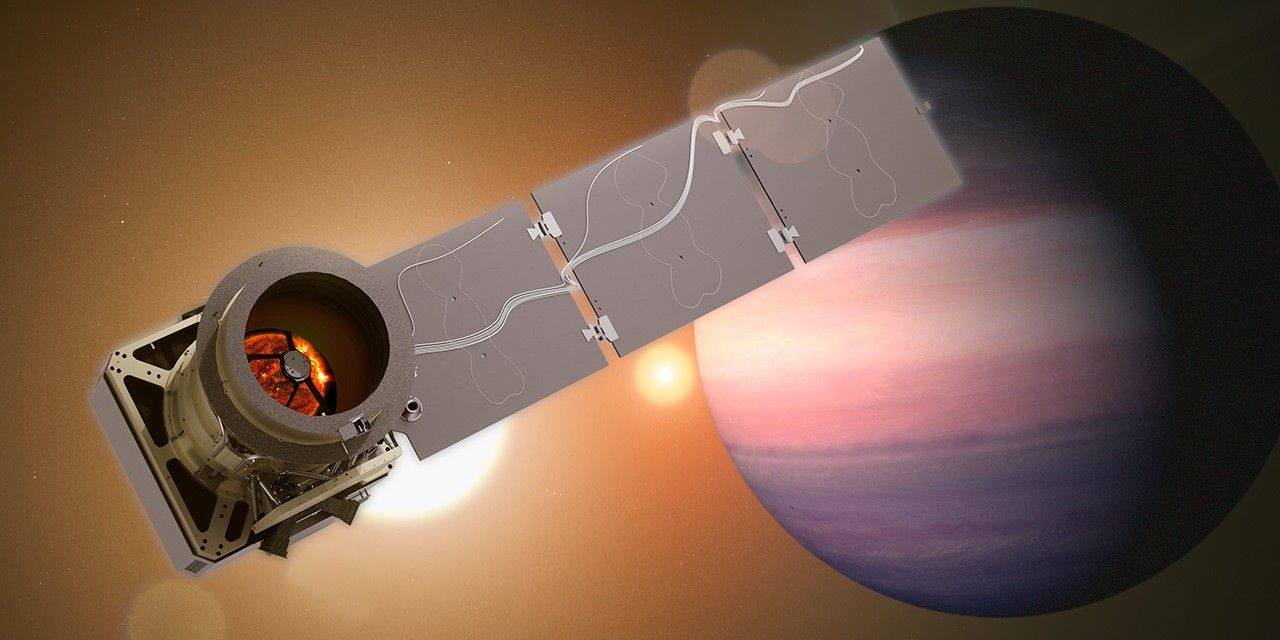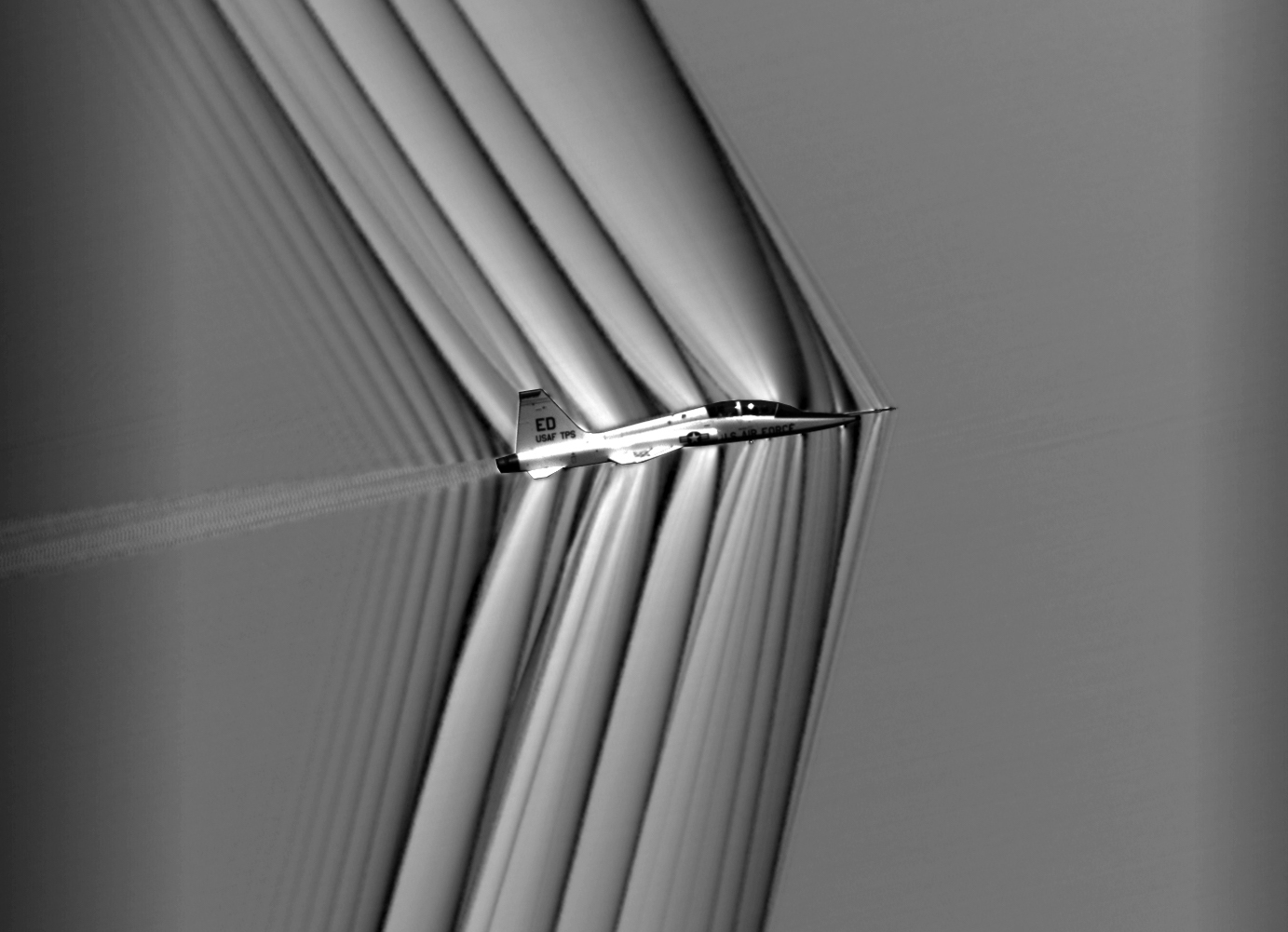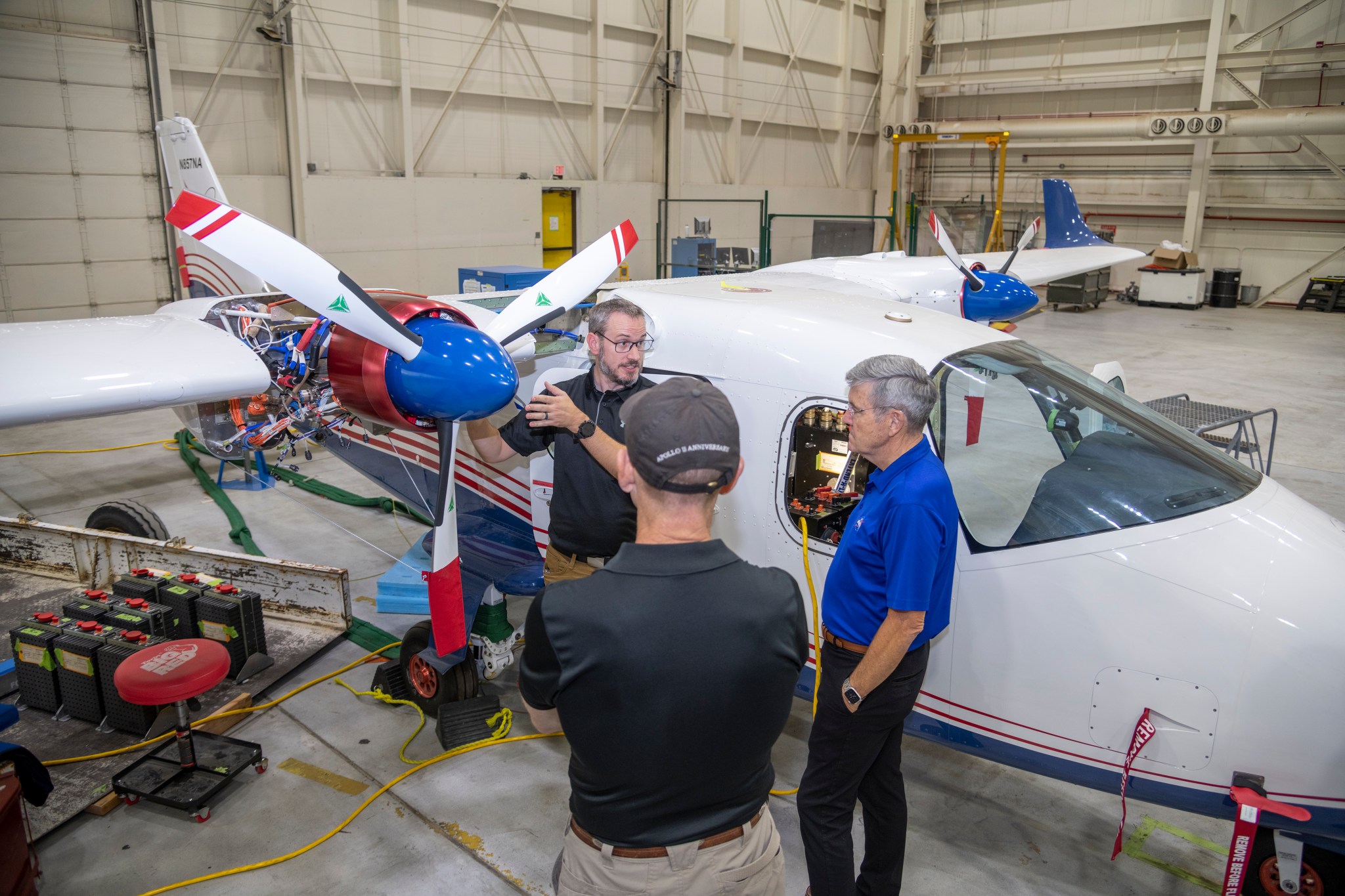
NASA’s two new X-planes have not yet flown, but Robert Cabana, the agency’s associate administrator, was able to pilot them in simulators.
Cabana “flew” the newest X-planes, the all-electric X-57 and X-59 quiet supersonic experimental aircraft, as part of his visit to NASA’s Armstrong Flight research Center in Edwards, California. While at the center on Sept. 20, he also met with leadership, received updates on the center’s work and capabilities, and spoke with interns and new employees.
As part of Cabana’s visit to the west coast, Cabana toured NASA’s Ames Research Center in California’s Silicon Valley, which featured highlights of NASA facilities critical to the nation’s research and development activities involving flight in the air and space.
During the NASA Armstrong tour, the X-57 intrigued Cabana, an aviator and former U.S. Navy test pilot who has flown 50 different aircraft and four space shuttle missions. X-57 chief pilot Tim Williams explained details about the aircraft and its systems. Later in the day when Cabana sat in the X-57 cockpit simulator, Williams gave him additional details to assist in the flight. Then it was time for Cabana to fly and land the X-57.
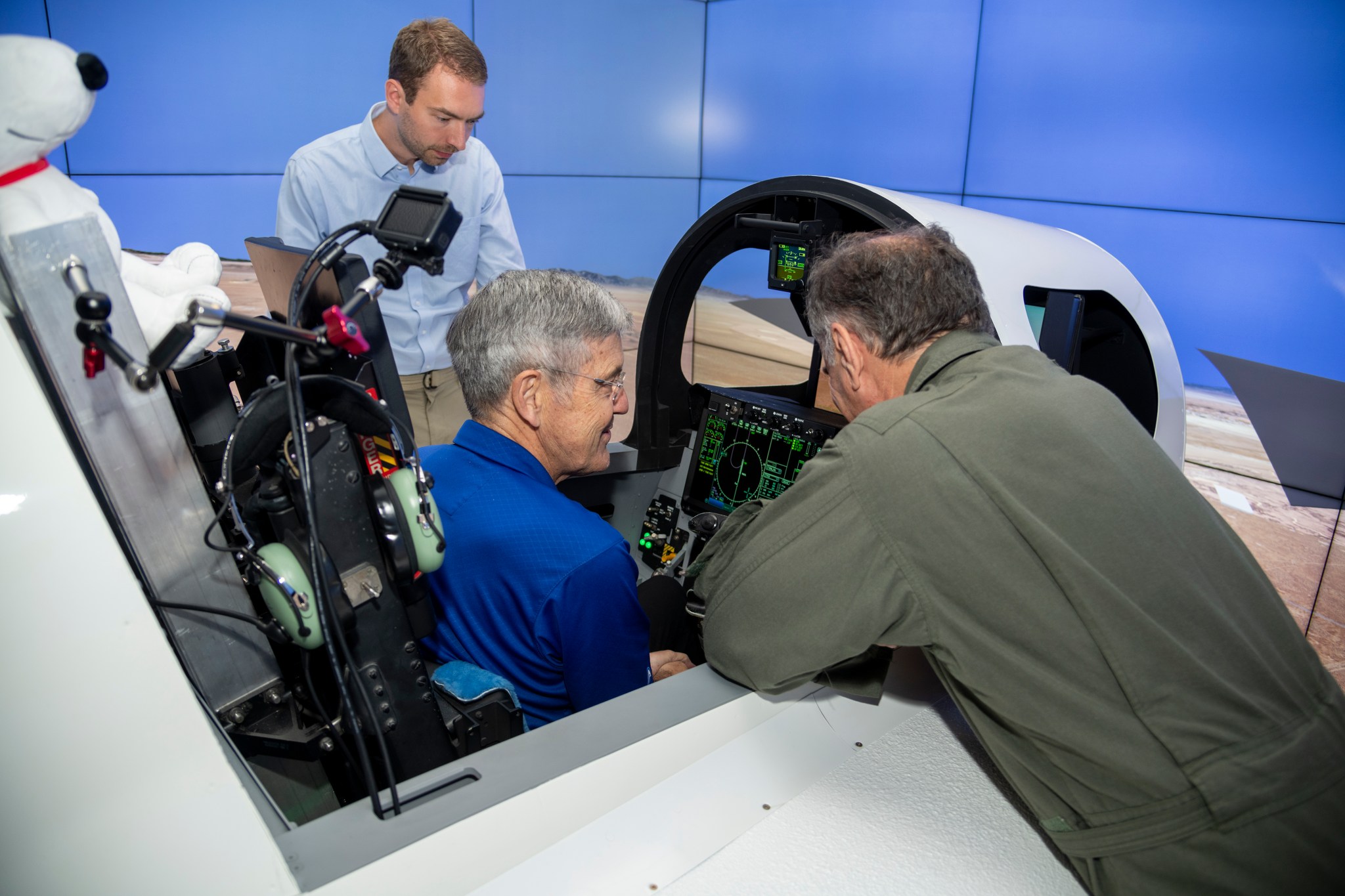
After leaving the X-57 virtual cockpit, Cabana was ready for his chance to fly the X-59’s simulator. Lockheed Martin pilot Dan Canin, one of the pilots training to fly the X-59, instructed him with helpful hints for flying the simulation. Cabana saw the actual X-59 a day earlier at Lockheed Martin’s facility in nearby Palmdale, where it is nearing completion. While in Palmdale on Sept. 19, he also toured NASA Armstrong’s Science Aircraft Operations Facility.
The X-59 simulator looks different from others, with video walls that give the pilot peripheral vision of the flight environment to reproduce the experience of being inside the aircraft. Due to the shape of the X-59, designed to reduce the thunderous sound, called a sonic boom, created when the aircraft travels at supersonic speeds, its cockpit has some unusual features.
The X-59’s pilot will not have a traditional window to see ahead – the aircraft features a camera on its nose that feeds into an augmented reality display in the cockpit. The pilot will also have side windows, and a retractable camera on the aircraft’s underside to provide views during takeoffs and landings. The simulator is customized to mimic those conditions.
Earlier in the day Cabana met with Brad Flick, acting center director, and Eddie Zavala, acting deputy director, and then with the NASA Armstrong Executive Leadership Team.
Following the meetings with NASA Armstrong leadership, he met with a group of interns and encouraged them to work hard doing what they love.
“Do something that you enjoy and are passionate about,” Cabana said. “If you do something that you care about and enjoy, set intermediate goals, and don’t give up.”
The bulk of Cabana’s day was touring the center and learning about the NASA Armstrong Mission Control, the Environmental and Electronic Fabrication laboratories, the NASA Armstrong Model Shop, and the Fabrication Branch. The tour also included the NASA Armstrong Flight Loads Laboratory, Hangar 4802 (which houses research and support aircraft), and the Global Hawk/SkyRange area.




























